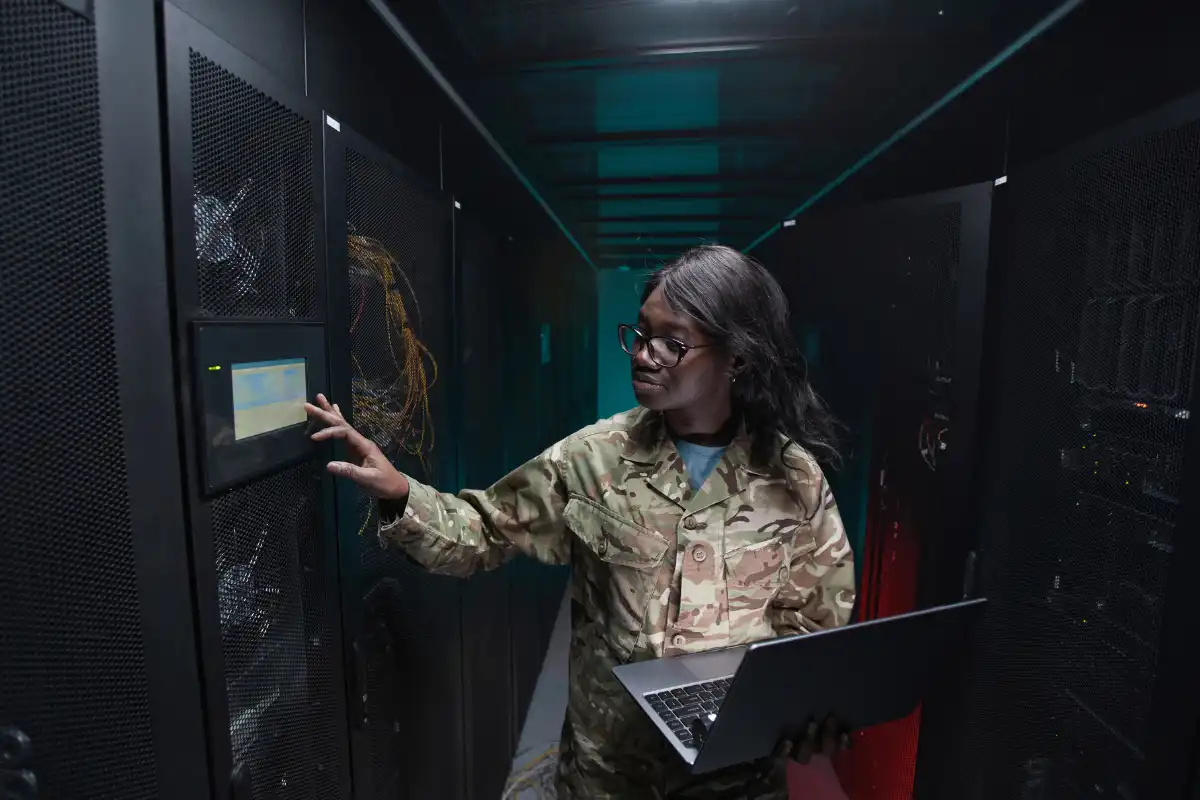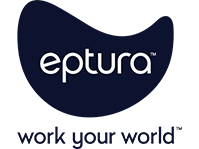
Today’s landscape is an increasingly complex regulatory one, so compliance with International Traffic in Arms Regulations (ITAR) is both a legal necessity and a critical component of maintaining national security and protecting sensitive defense-related data.
For organizations that manufacture, export, or handle defense articles and services, ITAR compliance is a non-negotiable responsibility, requiring strict access controls, meticulous documentation, and robust security measures.
Yet, ensuring full compliance is far from simple. ITAR regulations demand continuous oversight, precise record-keeping, and seamless coordination across teams, facilities, and IT systems. Without the right technology in place, businesses risk security vulnerabilities, operational inefficiencies, and severe penalties.
This is where integrated workplace technology such as sophisticated visitor management systems becomes a game-changer. By digitizing and automating compliance processes, modern worktech solutions help organizations track, monitor, and enforce ITAR security protocols — reducing human error, enhancing visibility, and ensuring airtight security across every touchpoint.
Understanding ITAR: Why compliance matters
At its core, ITAR is designed to prevent unauthorized access to U.S. defense-related technologies and information. Overseen by the U.S. Department of State, the regulations apply to companies that work with:
- Military-grade equipment, defense articles, and related technical data
- Services related to defense, aerospace, and national security
- Any item or service listed on the United States Munitions List (USML)
Failure to comply with ITAR can lead to severe penalties, including hefty fines, loss of export privileges, and even criminal charges. More than that, non-compliance can put national security at risk, making it imperative for organizations to maintain strict adherence to regulatory guidelines.
But ITAR compliance is not just about restricting access — it’s about implementing a structured, technology-driven approach to security and accountability.
The challenges of ITAR compliance without the right tools
Many organizations struggle with ITAR compliance because they rely on disconnected systems, manual processes, and outdated tracking methods. This creates gaps in oversight, making it difficult to ensure that only authorized personnel can access ITAR-controlled areas, data, and equipment.
Common compliance challenges include:
- Managing facility access: Ensuring that only ITAR-approved individuals enter restricted areas
- Tracking visitor and employee movements: Monitoring who interacts with sensitive assets in real time
- Maintaining accurate compliance records: Keeping track of security logs, training certifications, and audit trails
- Integrating compliance workflows: Ensuring that security policies align with real-time facility and asset management
Without a unified system, these challenges become operational bottlenecks, increasing the risk of accidental breaches, unauthorized access, and regulatory violations.
How visitor management systems simplify ITAR compliance
The solution to these compliance challenges lies in intelligent visitor management systems that automate security controls, streamline access management, and centralize compliance data. With advanced visitor management platforms, organizations can:
-
Secure facility access with automated controls
Visitor management systems provide automated access control, ensuring that only ITAR-approved personnel can enter sensitive locations and restricted zones. By integrating with biometric security, badge scanning, and real-time credential verification, organizations can eliminate manual check-ins and enforce strict entry requirements without slowing down operations.
-
Maintain a centralized compliance audit trail
Modern visitor management platforms automatically log every facility access attempt, visitor entry, and security override in a single, centralized database. This allows compliance teams to easily retrieve records for ITAR audits, proving that all security protocols were followed — without relying on fragmented logs or manual documentation. -
Enhance visitor and employee screening
By integrating visitor management software with ITAR compliance databases, organizations can automatically screen visitors, contractors, and employees before granting them access. If an individual does not meet ITAR clearance requirements, the system can instantly deny entry, reducing the risk of unauthorized access and human error. -
Align compliance with workplace security
Visitor management systems don’t just monitor who enters a facility — they ensure that compliance is built into every security process. By connecting ITAR security protocols to entry permissions, real-time monitoring, and emergency response plans, organizations can create fully compliant access workflows without disrupting daily operations.
For example, a defense contractor using a smart visitor management platform can:
- Restrict visitor access to ITAR-sensitive areas
- Issue digital badges that automatically expire after a set timeframe
- Require non-disclosure agreements (NDAs) before granting access to restricted spaces
This level of automation and control ensures that ITAR compliance isn’t just a regulatory requirement — it’s an integrated part of workplace security.
By implementing a visitor management system tailored for ITAR compliance, organizations can remove compliance blind spots, eliminate manual oversight, and ensure every facility remains secure and audit-ready.
Final thought: stay ahead of ITAR compliance with smart worktech
ITAR compliance is a complex, high-stakes challenge, but with the right technology, it becomes a seamless, automated process. Organizations that invest in integrated workplace technology gain real-time control, data-driven security, and a compliance framework that evolves alongside regulatory changes.
Ready to transform your ITAR compliance strategy with smarter, more secure workplace technology? Discover how integrated worktech can help your organization stay compliant, secure, and future-ready with Eptura.








